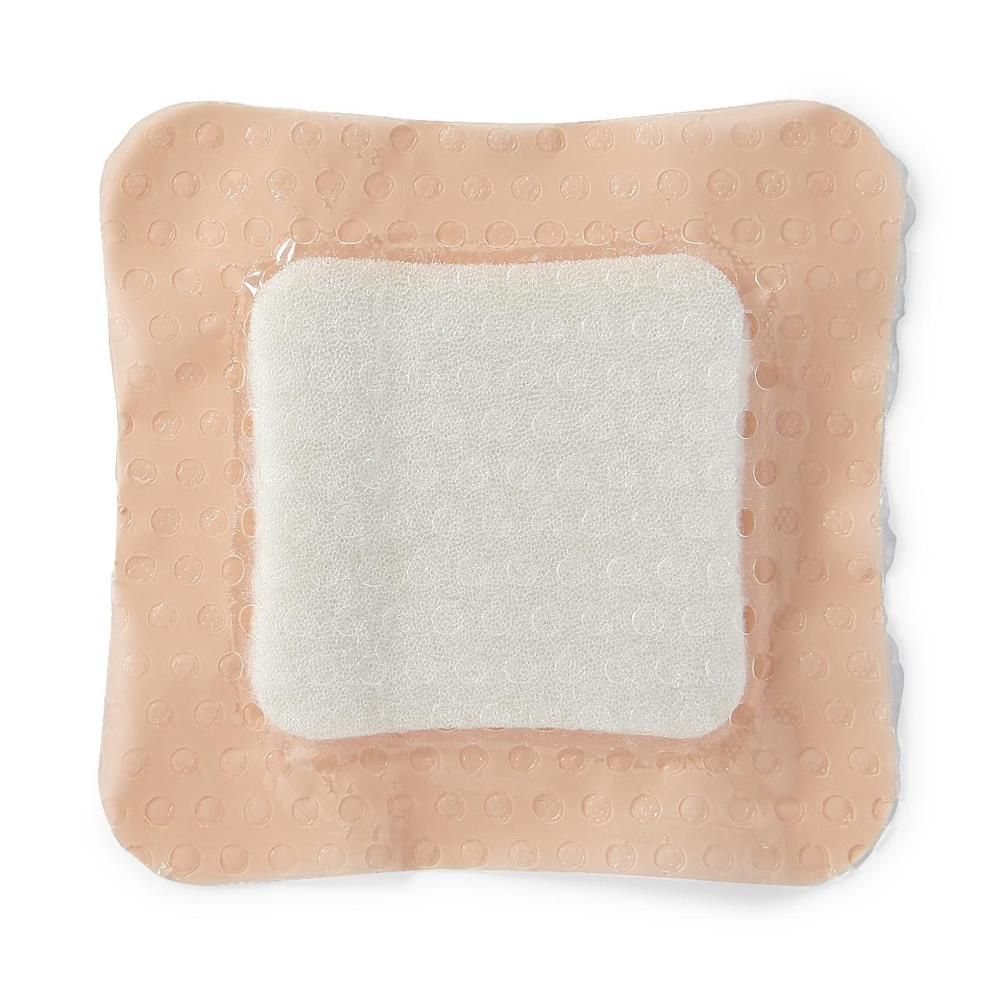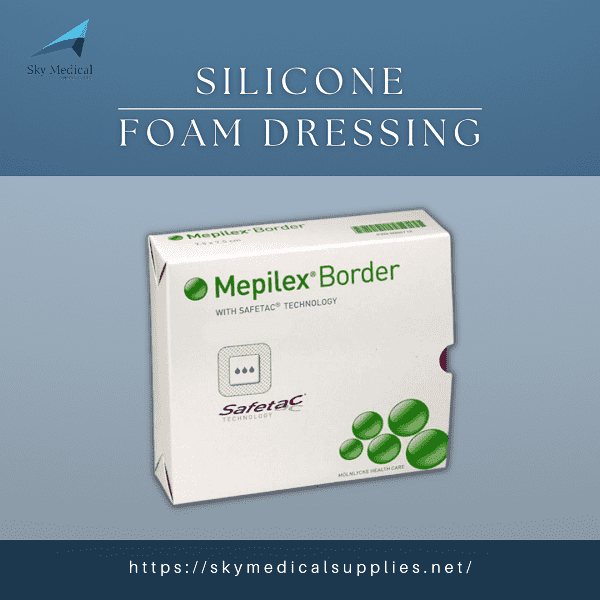
Taking care of wounds with dressing has been necessary since you were a child. It is common for homes to treat scrapes with antiseptic and a Band-Aid, but is that the best way to treat all wounds? You may still be treating injuries improperly to this day. There is a better approach to healing, one that will reduce risks and increase recovery instead of just sticking a Band-Aid on everything.
Treating wounds varies from person to person, depending on several factors. The type of skin you have and your age determine how you treat a wound and prevent infection. Additionally, factors such as type, location, severity, and others are essential.
Treatment of wounds goes much further than preventing infection. Healing time increases, and your body is protected when you use suitable wound dressings. It depends on some factors what type of dress you should use. Many factors determine a wound's severity, including its type, size, location, and severity. This article will discuss wound dressings and when to use them for various injuries.
Do not attempt to dress your wound if you have sustained a severe injury. To avoid complications, seek medical attention at an urgent care facility or your doctor's office.
What has wound dressing?
An effective wound dressing is anything that comes into direct contact with the wound to speed up healing and prevent complications. The type of wound determines the type of dressing used, but all help to prevent infection. Additional benefits of wound dressings include: Start clotting and stop bleeding, Fluids such as excess blood, plasma, or other liquids should be absorbed, and Wound debridement.
Hydrocolloid wound dressing
Hydrocolloid dressings can be used for burns, necrotic wounds, pressure ulcers, venous ulcers, and burns emitting liquid. This is a self-adhesive dressing that is non-breathable and does not require tape. Even those with sensitive skin can wear those because of their flexible material.
Dressings like these work by creating moist conditions that aid in wound healing. A substance that contains polysaccharides and other polymers stick to the wound surface, absorbing water and forming a gel to keep the wound clean, prevent infection, and speed healing.
The reason why hydrocolloid dressings prevent infections is that they are impervious to bacteria. Their long-lasting, biodegradable, and easy-to-use qualities make them an excellent choice for the market.
Hydrogel wound dressing
A wide range of wounds can be treated with hydrogel, including wounds that leak little or no fluid, are painful or necrotic, or are pressure ulcers or donor sites. A hydrogel can also apply to wounds that have been infected or burned in the second degree.
Hydrogel dressings to treat wounds or burns and fight infection maximize patient comfort and reduce pain. Their cooling gel reduces pain and speeds up healing in products like Burn Soothe.
Alginate wound dressing
Burns, venous ulcers, packing wounds, and ulcers with high drainage levels can all benefit from alginate dressings. As a result of the dressing absorbing excess liquid, a gel is formed, which speeds up the healing process. The dressings contain sodium and seaweed fibers that absorb large amounts of fluid and are biodegradable.
Depending on how much liquid the dressing absorbs and the type of wound, it is necessary to change the dressing every two days or even more often. The wound may become too dry, or bacteria may be able to penetrate it if they are changed too often. Wounds with high liquid drainage should only be treated with these if wet; otherwise, they can make healing more difficult.
Collagen wound dressing
As an aid in healing wounds that have stalled or been chronic, collagen dressings can also treat pressure sores, transplant sites, surgical wounds, ulcers, burns, or other wounds with a large surface area. These dressings can significantly enhance healing, providing scaffolds for new cells to grow.
Wound healing is encouraged by collagen dressings, including removing dead tissue, encouraging the growth of new blood vessels, and bringing wound edges together.
Foam wound dressing
A foam dressing can be highly effective for various wounds, including those with an odor. Applying foam dressing on the wound surface absorbs exudates, leading to faster healing.
Dressings like these permit water vapor to enter, keeping the area moist and promoting faster healing while preventing bacteria from entering. Different sizes and shapes are available, as well as adhesives and non-adhesives.
Transparent films and foams for wound dressing
Medical professionals and caregivers can use transparent dressings for monitoring wound healing since transparent dressings cover wounds with a clear film. For example, early detection of infections makes it easier to detect potential complications. Therefore, these dressings usually apply to surgical incision sites, burns, ulcers, and IV sites.
By keeping wounds dry and clean, these dressings help prevent infection and speed up healing. Additionally, they are flexible, making them comfortable to wear.
Cloth-type wound dressing
Open wounds and damaged skin areas are often protected with cloth dressings. Minor injuries like scrapes, cuts, or sensitive skin can be treated with these pads.
Various sizes and shapes of dressings are available, from small ones for fingers to larger ones for wounds on larger body areas. The dressings are available in both pre-cut and roll options. You can also cut the rolls to fit.
Bottom line
The proper dressing ensures that wound healing proceeds quickly and effectively as possible. Various factors, such as the type of injury, size, location, and severity, should determine the type of dressing used for dressing a wound.
Sky Medical Supplies offers different wound dressings, each suitable for treating different wound types. We offer a wide range of dressings, ranging from hydrogels and hydrocolloids to alginate dressings. A guide outlining the seven most commonly used wound dressings is listed above, along with a brief description. This way, you can choose the right wound dressing for the injury more easily.